Sign up for workout ideas, training advice, reviews of the latest gear and more.

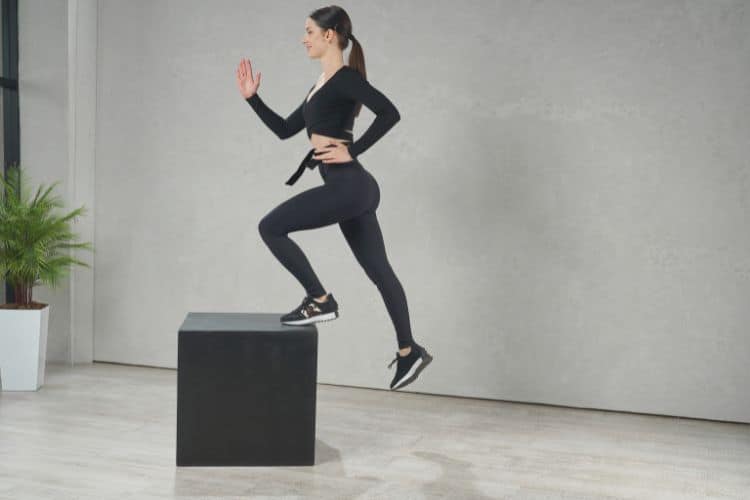
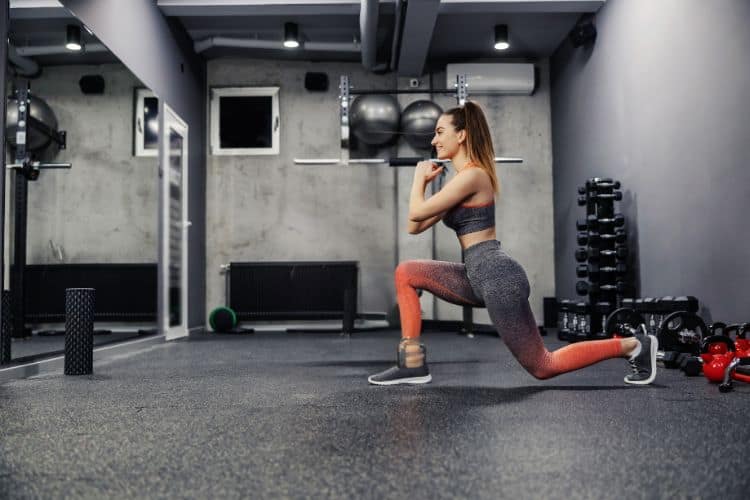
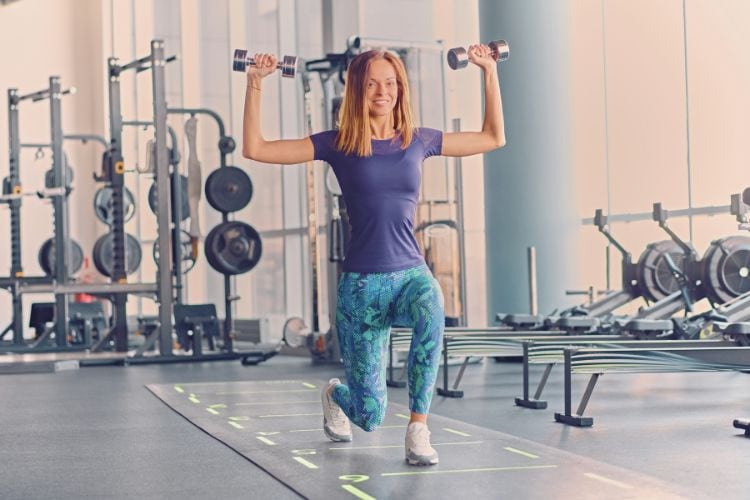
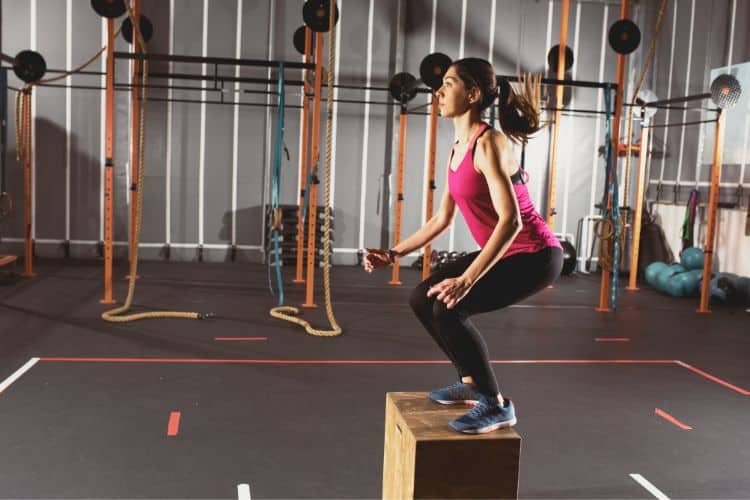
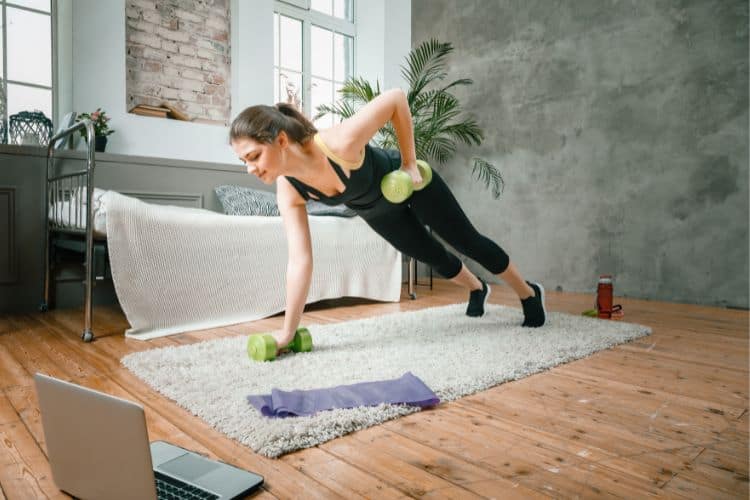
Are you looking for a quick and effective way to burn fat, build strength, and boost your fitness without going to the gym? A 30-minute full-body HIIT (High-Intensity Interval Training) workout at home is the perfect solution—especially for beginners. You don’t need fancy equipment or advanced skills to get started. Just a bit of motivation and a small space to move.
This blog post guides you through a complete HIIT routine tailored for beginners, along with tips, benefits, and a sample workout plan. Whether you’re short on time or just beginning your fitness journey, this home-friendly HIIT workout will help you build momentum and see results.
HIIT stands for High-Intensity Interval Training, a workout style that alternates between periods of intense activity and brief recovery. These workouts are designed to burn maximum calories in minimal time, often combining cardio, strength, and endurance movements. A typical HIIT session lasts between 20–40 minutes and can boost your metabolism for hours post-workout thanks to the afterburn effect (also called EPOC: Excess Post-Exercise Oxygen Consumption).
HIIT maximizes fat burn during and after your workout. Studies show that short HIIT workouts are just as effective—if not more so—than longer, steady-state cardio sessions.
A full-body HIIT workout engages all major muscle groups, helping you build strength and endurance at the same time.
HIIT can be scaled to suit your fitness level. Slower pace, longer rest periods, or low-impact alternatives make it suitable for beginners.
Bodyweight exercises can be incredibly effective. This routine uses zero equipment, making it ideal for small spaces at home.
You don’t need to spend hours at the gym. Just 30 minutes of focused HIIT can deliver great results in less time.
Before jumping into your HIIT workout, it’s important to prepare your body and mind.
A proper warm-up gets your blood flowing and prepares your muscles for exercise, reducing the risk of injury. Try this beginner warm-up routine:
This HIIT session is broken into three rounds of bodyweight exercises targeting the upper body, lower body, core, and cardio. Perform each exercise for 40 seconds followed by a 20-second rest. Take 1-minute rest between rounds.
Total Time: 30 Minutes
1. Bodyweight Squats
Engages quads, hamstrings, and glutes. Go as low as comfortable, keeping your chest lifted.
2. Step-Back Lunges (alternating legs)
Works the lower body and helps with balance. Use a chair or wall if you need support.
3. High Knees (March in Place for Low Impact)
Raises your heart rate and engages your core. Lift your knees as high as you can.
4. Glute Bridges
Targets glutes and hamstrings. Squeeze your glutes at the top for max activation.
5. Jumping Jacks (or Step Jacks)
Boosts cardiovascular endurance and full-body coordination.
Rest 1 minute before Round 2
1. Incline Push-Ups (hands on chair or wall)
Builds chest, shoulders, and arms. Keep your core tight and back straight.
2. Shoulder Taps (from knee or full plank)
Strengthens shoulders and core stability. Keep hips level as you tap.
3. Superman Hold
Targets lower back, glutes, and hamstrings. Raise arms and legs off the floor and hold.
4. Bicycle Crunches (or Slow Bicycle)
Great for working the obliques and rectus abdominis. Go slow and controlled.
5. Plank (on knees if needed)
Core strength is crucial in every movement. Keep your body in a straight line.
Rest 1 minute before Round 3
1. Squat to Chair Stand
Builds strength and functional mobility. Use a chair for proper form and support.
2. Modified Burpees (no push-up or jump)
Great full-body cardio move. Step back into a plank and stand up instead of jumping.
3. Mountain Climbers (slow or knee-supported)
Elevates your heart rate and works the core. Keep your pace manageable.
4. Leg Raises
Lowers abs and hip flexors. Keep your lower back pressed into the floor.
5. March in Place Cooldown
Start slowing your pace and bring your heart rate down.
Recovery is as important as the workout. Always stretch your major muscle groups to reduce soreness and promote flexibility.
Stretching Routine:
Don’t rush through the exercises. Proper form ensures safety and better results.
Don’t feel pressured to jump or go all-out. March instead of jumping, plank on knees, or perform push-ups on a wall.
3 to 4 sessions per week is ideal for beginners. Gradually increase intensity as your fitness improves.
If you feel dizzy or overly fatigued, take a longer break. Hydration and rest are key.
Use a fitness tracker, journal, or app to monitor your consistency and improvements over time.
You don’t need much space to do this workout. Each move can be done in place. Here are some tips for small-space training:
Avoiding these pitfalls can help you get better results and avoid injuries:
| Day | Workout Type |
|---|---|
| Monday | Full Body HIIT (Workout Above) |
| Tuesday | Active Recovery (Walking/Yoga) |
| Wednesday | Lower Body HIIT |
| Thursday | Rest |
| Friday | Upper Body + Core HIIT |
| Saturday | Full Body HIIT Repeat |
| Sunday | Stretch + Light Cardio |
A 30-minute full-body HIIT workout at home for beginners is a fantastic way to improve cardiovascular health, build muscle, and increase endurance—all from the comfort of your own living room. Whether you’re just starting out or looking for a consistent routine that fits into your busy schedule, this beginner-friendly plan is adaptable and effective.
Consistency is key, not perfection. Start slow, stay committed, and you’ll build a foundation for a healthier and stronger you.
Want more workout and video guide?
Follow us on Pinterest, Facebook, and Subscribe to our Newsletter and Stay tuned for FREE downloads of our App coming soon!
Stay up to date on the latest women’s health, fitness and lifestyle trends and tips.